Temple Science and Vaastu Shastra (वास्तुशास्त्र के अनुसार मंदिर)
Everything is governed by one law. A human being is a microcosmos, which means, the laws prevailing in the cosmos also operate in the minutest space of the human being. Hindu Temple Architecture resembles the microcosmos called Human Body.
“यत्पिण्डे तद् ब्रह्माण्डे” means that the macrocosm has the same systems as our microcosmic bodies have. Hindu Temples take their cue from the structure of Human body. The Hindu literature on Agamic texts, Devalaya Vastu (Temple Vastu astrology) and sacred geography describe the temple as a cosmic man, the ‘Purusha’ (cosmic man).
The science of Vastu is believed as part of the Indian architecture. Vastu Shastra developed during the period of 6000 BCE and 3000 BCE. Vastu Purusha Mandala is the metaphysical plan of a temple incorporating course of the heavenly bodies and supernatural forces. And the ritual diagram that regulates the site plan and the ground plan, and is drawn on the ground before temple construction starts, over which the temple will stand.
Earth is chatusbhristi or four cornered (Rig Veda, 58. 3), symbolically represented as Prithvi mandala; however when considered in itself, the earth is circular (Rig veda, X. 89). It is this square Vedi which forms to be the sacred ground for temple building. It is always a square and records what is known as an architectural rite, and as per Samaranganasutradhara, the precise drawing of this rite is the first step in Indian architectural science.
The word Vastu-purusha mandala has three words, of which Vastu refers to the site, which is the bodily existence; Purusha represents the universal Essence, which is the Source and Principal of all things that has no substance but gives the Form; and Mandala is any closed polygon, which is a square in this case. The Mandala square is divided into (8×8 =64) 64 metaphysical grids / modules or pada for temples. (For dwelling places 9×9=81 metaphysical grids / modules or pada).
At this square Vastu Purusha is shown lying with his chest, stomach and face touching on the ground; his head is shown at Ishanya (north-east) and his legs shown at Nairutya (south west). The temple stands over the diagram of this Vastupurusha mandala, which is the fundament from which the structure rises.
The temple thus built over this well levelled intellectual plane is where the entire world exists, which is the meeting point of Heaven (para prakriti- beyond Existence) and Earth (apara prakriti- Existence), and is accessible to man. Vastupurusha mandala is also considered to be a Yantra, where the latter is a geometrical method to bind an aspect of the Supreme Principle for the purpose of worship.
The center point is known as Brahmasthana and at this vital energy point Brahma presides over the temple site and protects it. Directions in Hindu tradition are called as Disa, or Dig. There are four primary directions and a total of 10 directions: East, South-East (Agneya), West, North-West (Vayavya), North, North-East (Isanya), South, South-West (Nauritya), Zenith (Urdhva), Nadir (Adho).
There are ‘Guardians of the Directions’ (Dikpala or Dasa-dikpala) who rule the specific directions of space.
North east Direction ruled by Ishanya Shiva (Lord of Water) influences balanced thinking
East Direction ruled by Indra (Lord of Solar) influences long life
South east Direction ruled by Agneya or Agni (Lord of Fire) (Energy Generating) influences comfort, peace, prosperity and progeny.
South Direction ruled by Yama (Lord of Death or Lord of Death / Damage) yields nothing but mourning, depression and pain.If this direction used properly safeguards from envy of others and cast of all evils.
West Direction ruled by Varuna (Lord of Water / Lord of Rain) (Neptune) influences reputation, fame, prosperity and success.
South west Direction ruled by Nairitya – Deity Lord (Demon) Nairitya influences Protection, strength and stability
North west Direction ruled by Vayu or Vayavya (Lord of Wind) influences peace
North (Kuber) Deity Lord Kuber or Lord of Wealth (Finance) and keeper of riches influences good strength, better business sufficient in flow of money, education, industrial growth etc.
Center ruled by Lord Brahma (Creator of Universe) The ‘Aham Brahmasmi’ (I am Brahman. I am part of the Universe) is the great sayings (Mahavakya) mentioned in Brihadaranyaka Upanishad 1.4.10. of Yajur Veda. The meaning is that ‘Whatever is in the Universe, is present in me’ (and ‘whatever is in me, is part of the Universe’).
When it is decided that a temple will be built, there will be three involved in the initial process: the Yajamana (the donor or the sacrificer) on whose behalf the temple will be built; the architect or Sthapati who builds the temple; and the Sthapaka or the architect-priest under whose guidance the sthapati will work. Indian temples represents the macrocosm of the universe and the structure of human body represents the microcosm.
Once temple building activity starts there will be four classes of craftsmen or silpin involved: Sthapati (designing architect and the foremost one), Sutragrahin (surveyor), Taksaka (sculptor), and Vardhakin (builder/painter/plasterer). The Sthapati must be an expert in guiding the construction work, be well versed in 4 Vedas, and all shastras including cosmology, astrology, and all other sciences; he must be an expert in mathematics, know the Puranas well, and be free from all vices.
The concept of chakra features in tantric and yogic traditions of Hinduism. In Yoga, Kundalini Shakti means the ‘coiled power.’ It is compared to a serpent that lies coiled while resting or sleeping. Chakras are vital energy points (Kundalini energy) in the human anatomy, i.e. breath channels, or nadis, and the winds (vayus), that are centres of life force (prana), or vital energy.
They include: 1. Muladhara, 2. Swadhisthana, 3. Manipura or manipuraka, Anahata, Anahata-puri, or padma-sundara, 5. Vishuddha or Vishuddhi, 6. Ajna and 7. Sahasrara.
Muladhara or root chakra located at the base of the spine in the coccygeal region (governs senses). According to Vastu Mandala South-West (Nauritya) -Deity Lord (Demon) Nauritya influences protection, strength and stability. Swadhisthana or Adhishthana at lower stomach region or the sacrum of the human.Vastu direction West (Varuna)- Lord Varuna (Neptune) Lord of Water or Rain.
Formation of temple tank or water bodies in South or West will influence reputation, fame, prosperity and success. Manipura or Manipuraka at the digestive glands (governs digestion through pancreas and adrenal glands) of the human. Digestion involves energy of fire.
Female bears navel, womb and umbilical chord. According to Vastu Mandala Brahma or Lord of Creation seated on lotus flower base (Adishtana) rules this point. Cosmic Brahma bridges the cosmic human navel or life.
If this point in temple should be left open, the vital energy flows and the wholeness resides with blessings and protection. Anahata, Anahata-puri, or Padma-sundara located at chest (governs lungs, immune system thymus of human being).
As per Vastu Mandala Lord Vayu or Lord of Wind rules this point. This grid relates to air and regulation of air. If this grid is allowed to flow air then the peace and comfort resides.
Vishuddha or Vishuddhi located at the throat i.e., thyroid glands (governs sound, speech communication and sence of security of human being). Mantras chanted by cosmic humanbeing bridges with cosmic Ishanya.
Comic Ishanya is represented in OM, a Pranava Mantra form. According to Vastu Mandala Shiva in Ishanya form rules this grid and represents the space or Akasha. Mantras chanted here will reverberate in space.
If left free from obstacles and less occupation or weight, there will be balanced power.
Ajna or third eye located at pineal glands or between the eye brows; the two side nadis ‘Ida’ (yoga) and ‘Pingala’ are terminating and merge with the central channel ‘Sushumna’ (governs higher and lower selves and trusting inner guidance of human being). As per Vastu Mandala this direction is also related to open spaces (‘Akasha’) and to the North East corner (Ishanya).
The sanctum (Garbagriha or womb chamber)is recommended at this grid, the seat of the divinity.
Sahasrara or pure consciousness chakra located at the crown of the head-symbolized by a lotus with one thousand multi-coloured petals. According to Vastu Mandala Anja is the sanctum.
The vimanam and shikara forms the space element and the currents of life ascends through the ‘Brahma-randra shila’ or stone slab placed at ‘griva’ (neck) of the vimana. The finial of the shikara of the vimanam is the grid at which unseen sahasrara located.
Source : Vastu Silpa Kosha (Encyclopaedia of Hindu Temple Architecture)
Authored by Dr Anadi Sahoo

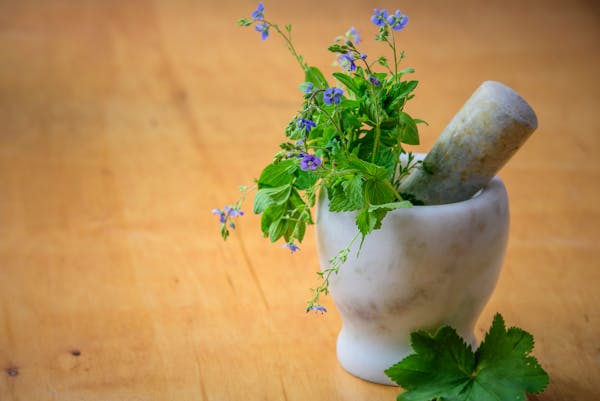
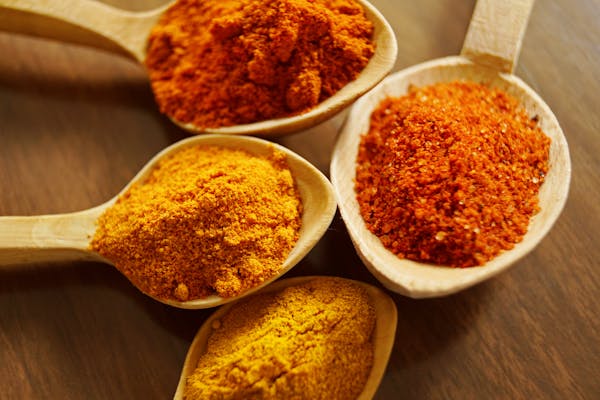
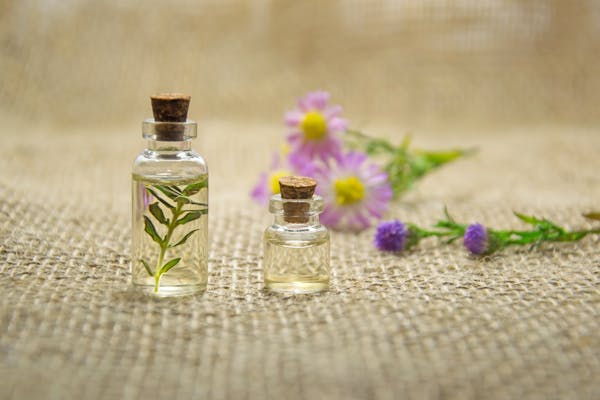

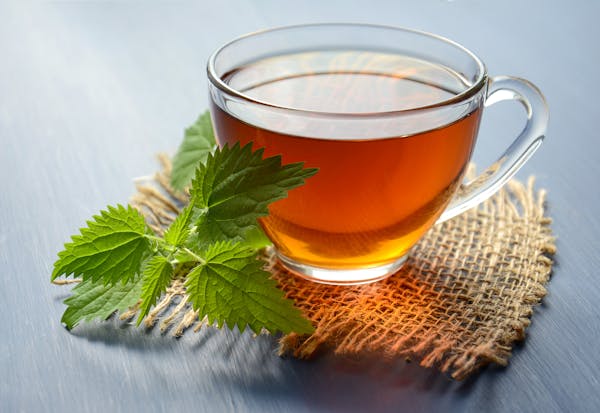
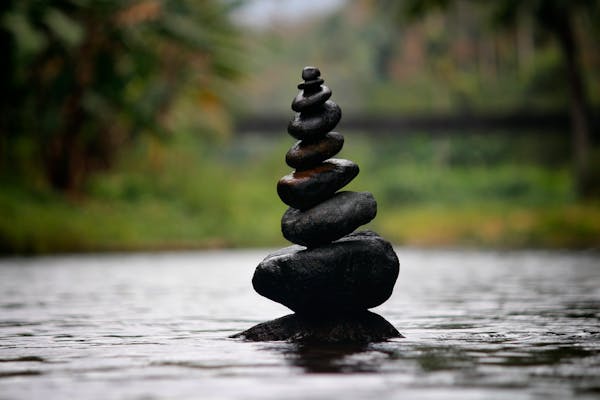











No comments:
Post a Comment